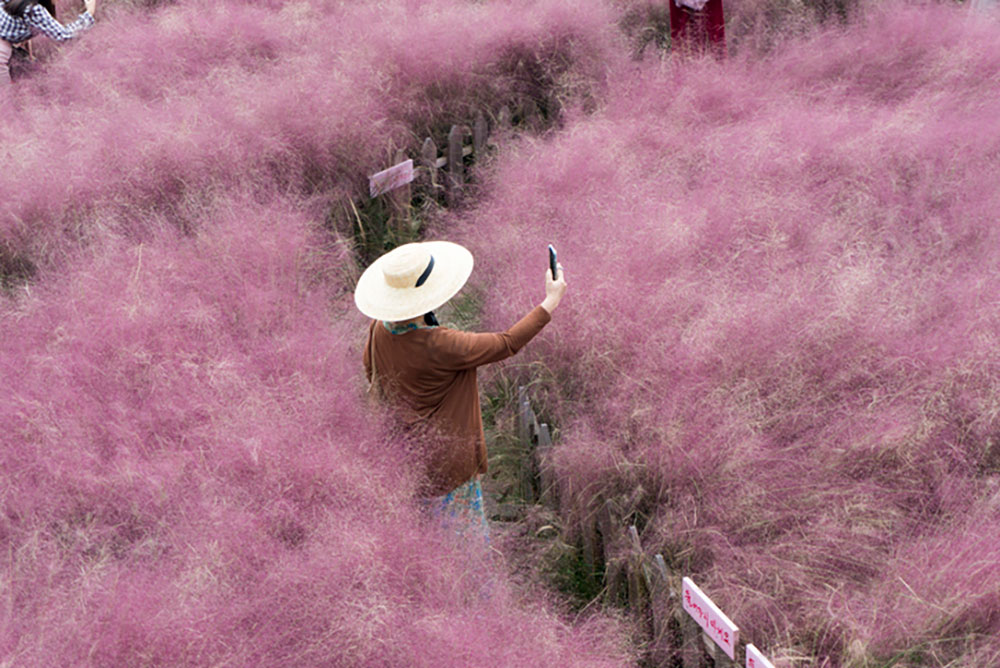By Stephanie Cavanaugh
EXACTLY WHEN does mansplaining begin? Is it something guys are born to do, or is it learned? I’m going to posit that it starts when they begin to speak.
In case you’re unfamiliar with the term (though, if you’re a woman, you’ve certainly experienced it), Webster defines mansplaining as, “explaining something to a woman in a condescending way that assumes she has no knowledge about the topic.” This usually goes on for a while, sometimes a very long while, in which the woman is expected to sit/stay, listen, and acknowledge the man’s rightness.
Case in point. The other day, my 3-year-old grandson, Wesley, was lecturing his mother, my daughter (also known as Baby), on the horrible mess she made of his books in his playroom. They were pulled from the shelf and left in heaps on the floor. He wanted to let her know, quite firmly, and exhaustively, why this was a terrible thing to do. It was a mess.
This tirade was performed without pause to let her explain that she was just organizing.
There’s a video, and it is very funny. It’s also alarming. Wes isn’t yet toilet-trained.
Have you seen the Barbie movie? It’s a hoot. I would suggest you not take your male person—go with a girlfriend. Not that guys shouldn’t see it, but they’ll sap the joy, the uninhibited laughter, that bursts from female viewers. Oh, does Greta Gerwig skewer the mansplainers—and trucks. I shall say no more.
It also needs to be seen on a big screen, the details are so delicious.
 Once you’ve seen it, you’ll need a Barbie garden, one filled with pink flowers and sass. Perennials soft and sweet like roses and peonies. Add punch-drunk-annuals accents like zinnias and cosmos. Now insert something unexpected, like a flourish of grasses with fabulous pink plumage to perk up your patch.
Once you’ve seen it, you’ll need a Barbie garden, one filled with pink flowers and sass. Perennials soft and sweet like roses and peonies. Add punch-drunk-annuals accents like zinnias and cosmos. Now insert something unexpected, like a flourish of grasses with fabulous pink plumage to perk up your patch.
I’d never heard of or seen Pink Muhly Grass until last year, first in endless pop-up online ads, and then in a garden near me, where the owners had planted it as a border in front of their townhouse: A fantastic mass of wispy-poof pink plumes, it looks like cotton candy. I had to have it, and much as Baby slapped my hands—Ma! It needs sun!—I bought a clump, which has done nothing, as expected. It’s alive, though. Barely.
Should you have sun, the grass grows to 3 or 4 feet and blooms from July through September. Or should, if you’re not me. Plant it now, if you’re a month from first frost.
Pink Pampas Grass is another sun lover, native to South America, that throws off gigantic, feathery pink plumes that range in shade from shy to shocking. Able to grow an inch a day, they say, it can also escape boundaries and smother its neighbors—so beware where you plant it. But what a screen it makes. One clump can expand to 8 feet wide and 12 feet tall. For pink flowers, look for the ones called Rosea and Pink Feather.
Redhead Fountain Grass sends out puffs of pink midsummer, before most grasses show off their plumage. Another full-sun lover, the flowerheads resemble liatris, the plant is drought tolerant, it grows to 3 or 4 feet, and the pink fades to silver over the winter, for year-round beauty.
Now, kick off your Manolos. It’s Cosmo time!
For a great tutorial on these and other ornamental grasses, click here.
MyLittleBird often includes links to products we write about. Our editorial choices are made independently; nonetheless, a purchase made through such a link can sometimes result in MyLittleBird receiving a commission on the sale. We are also an Amazon Associate.

